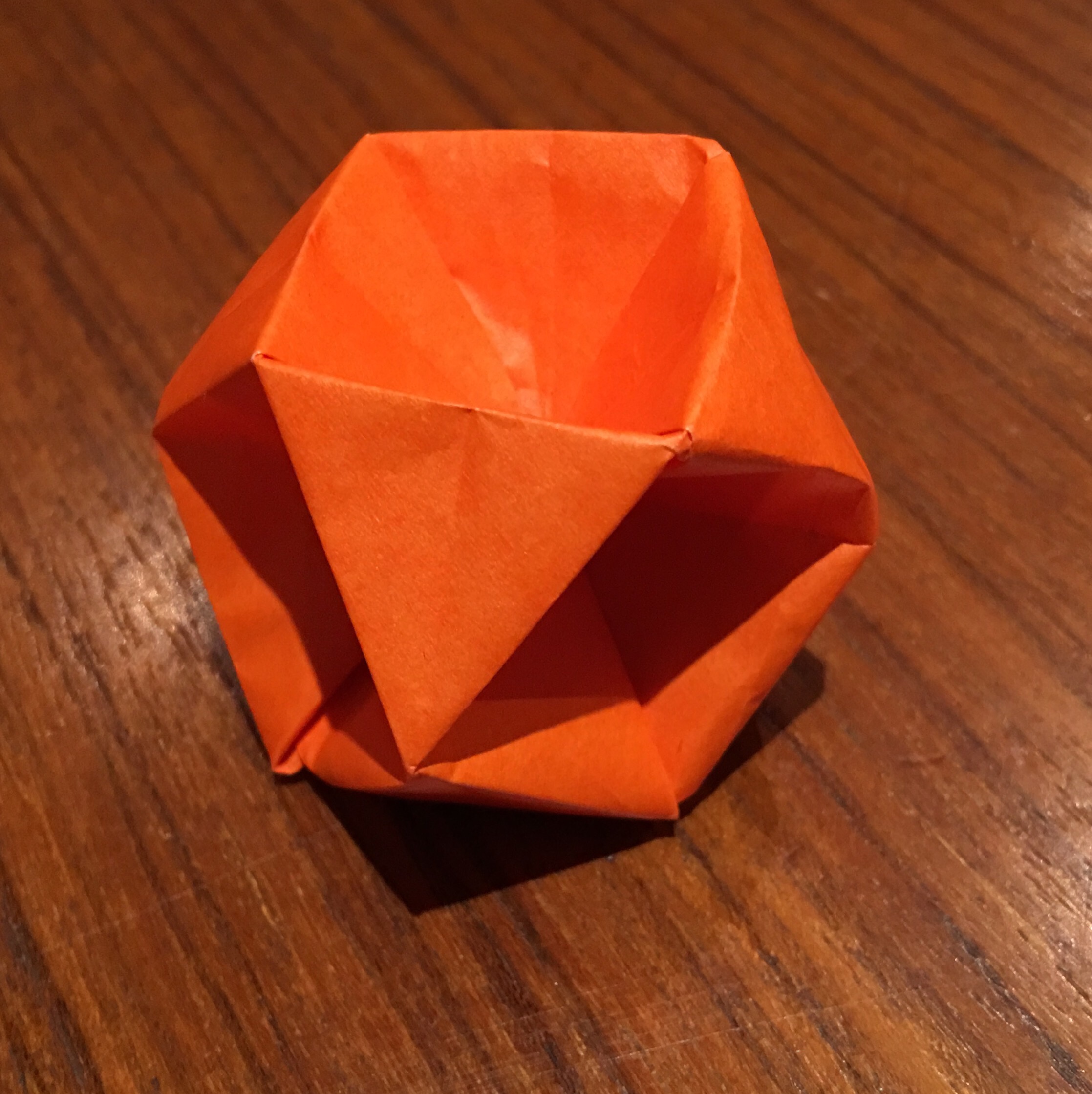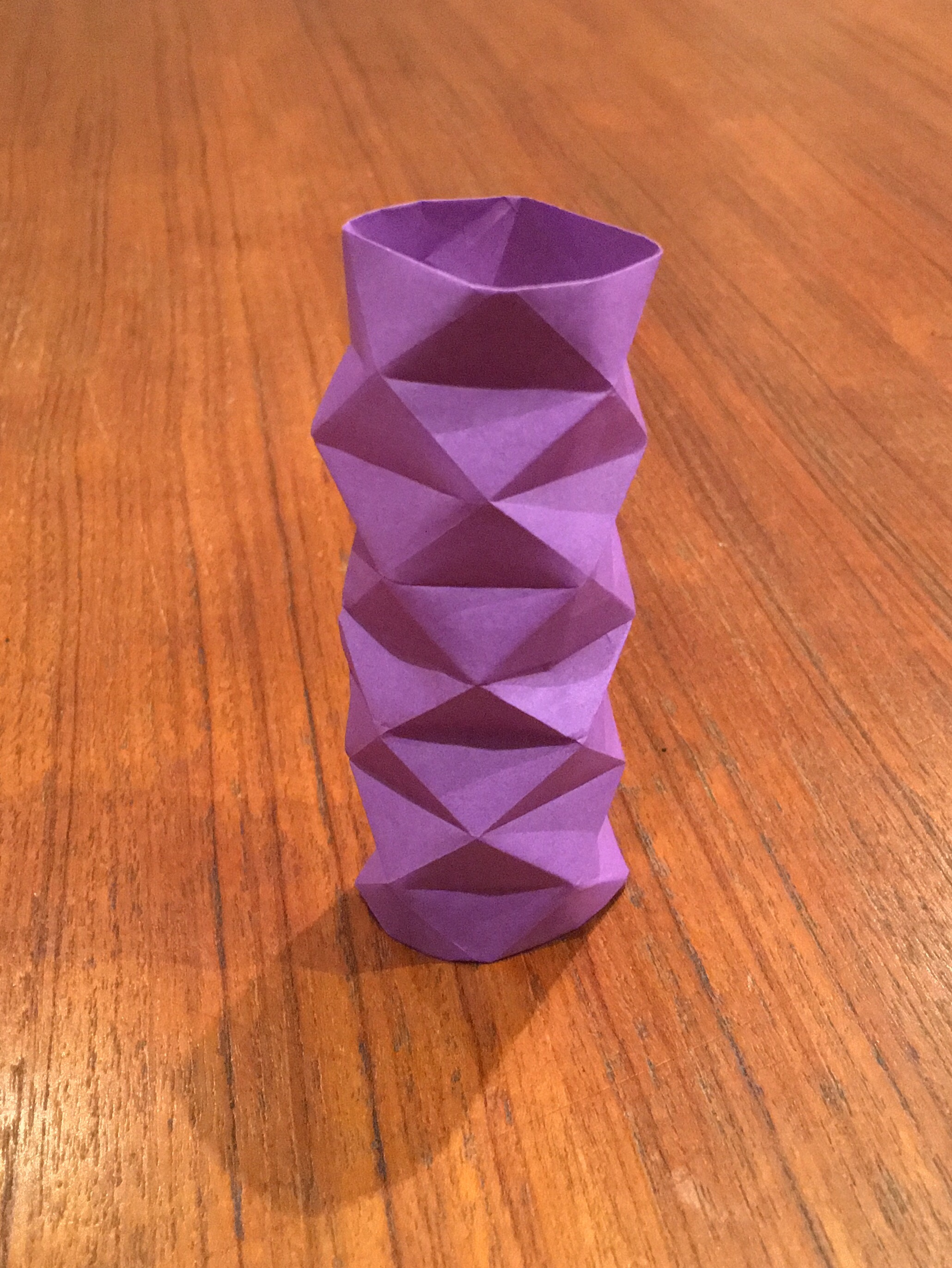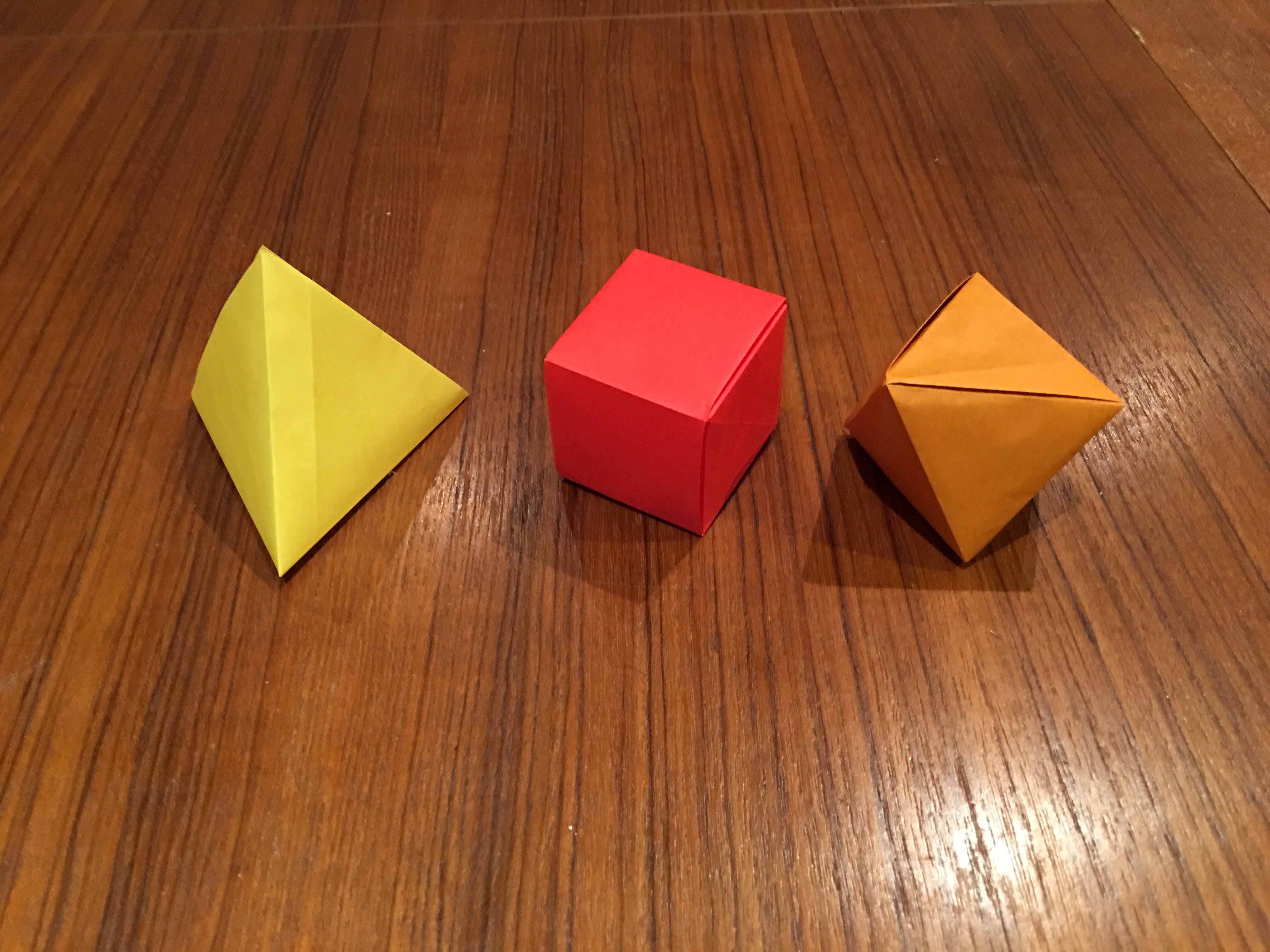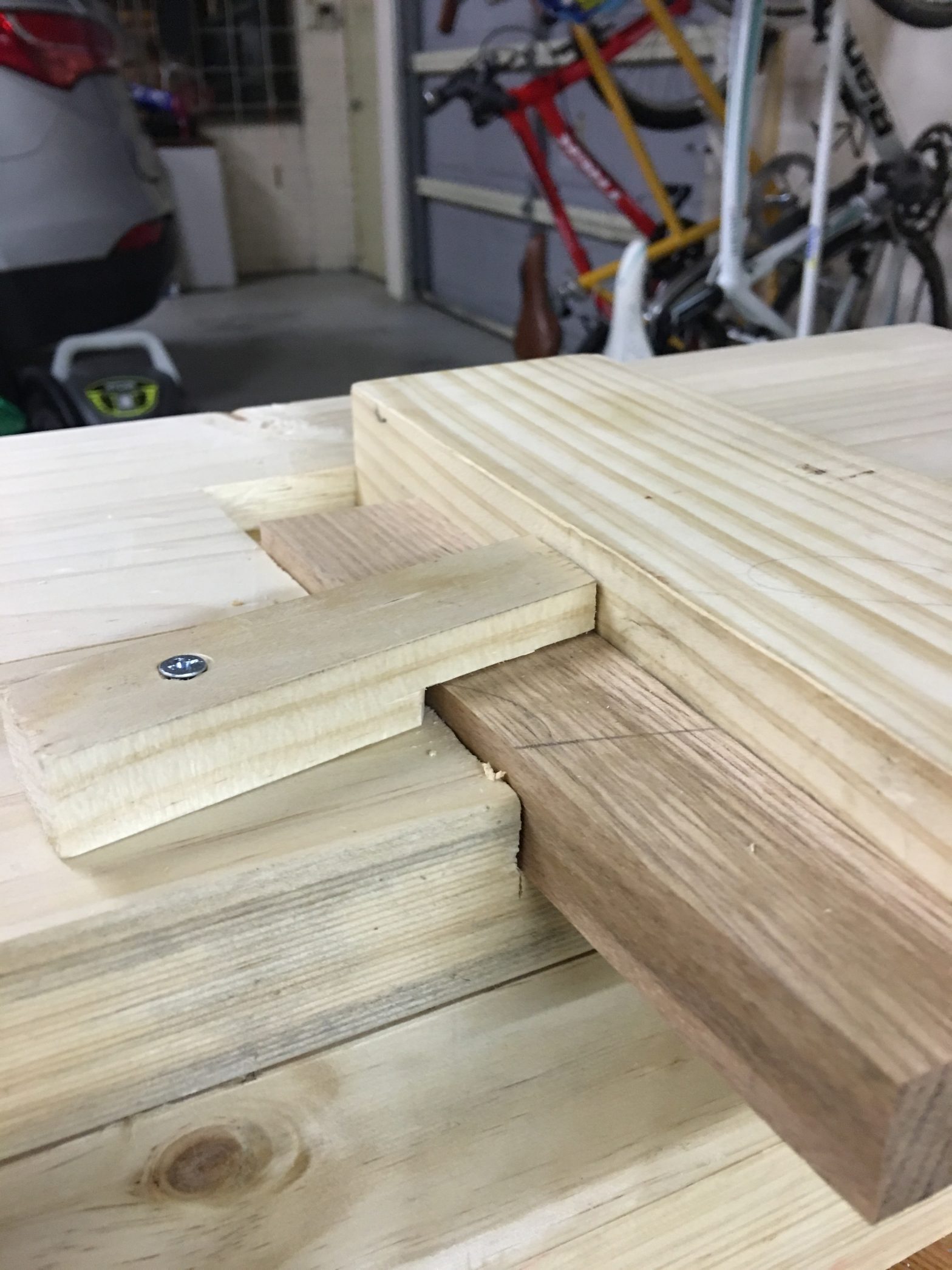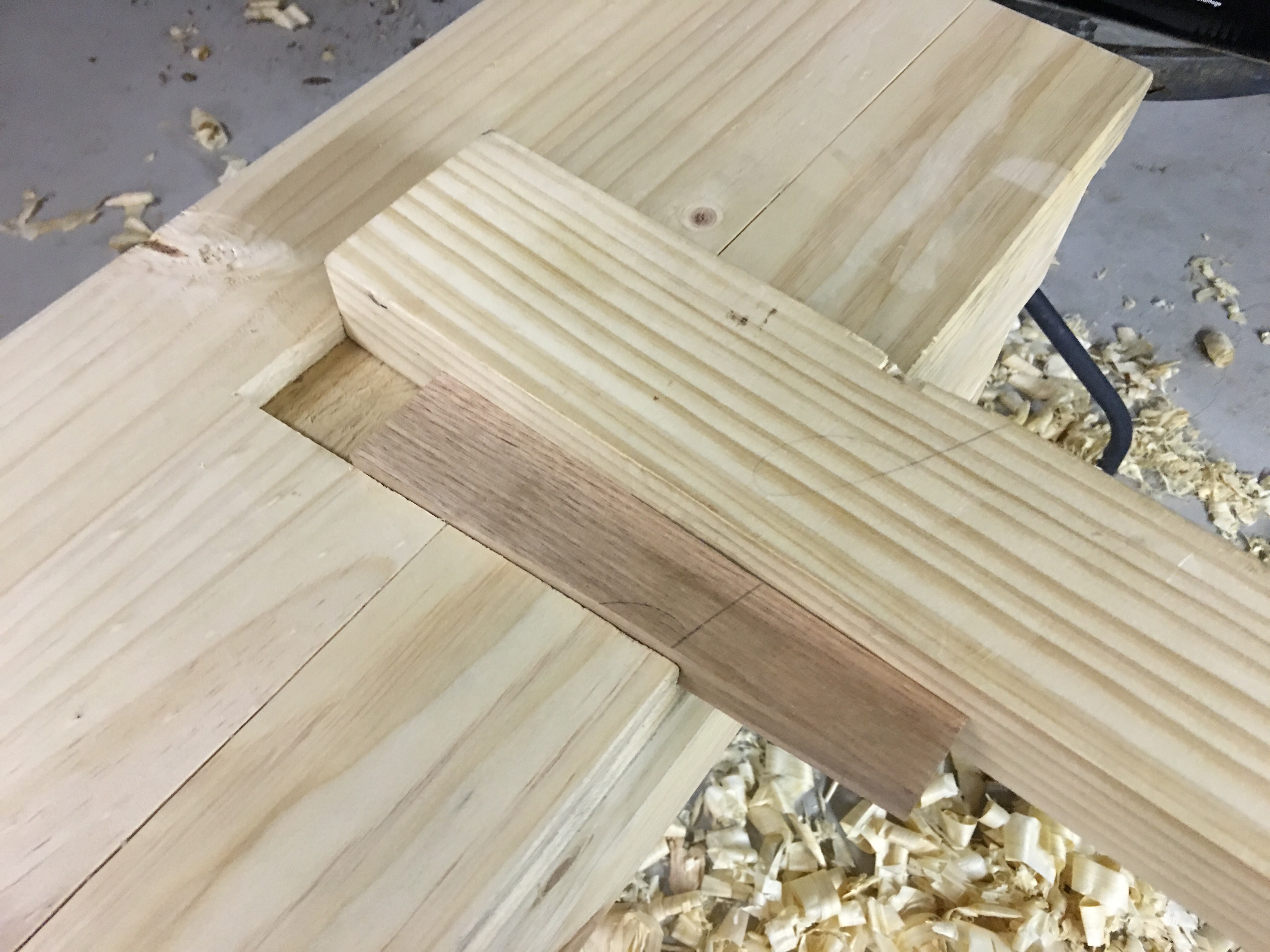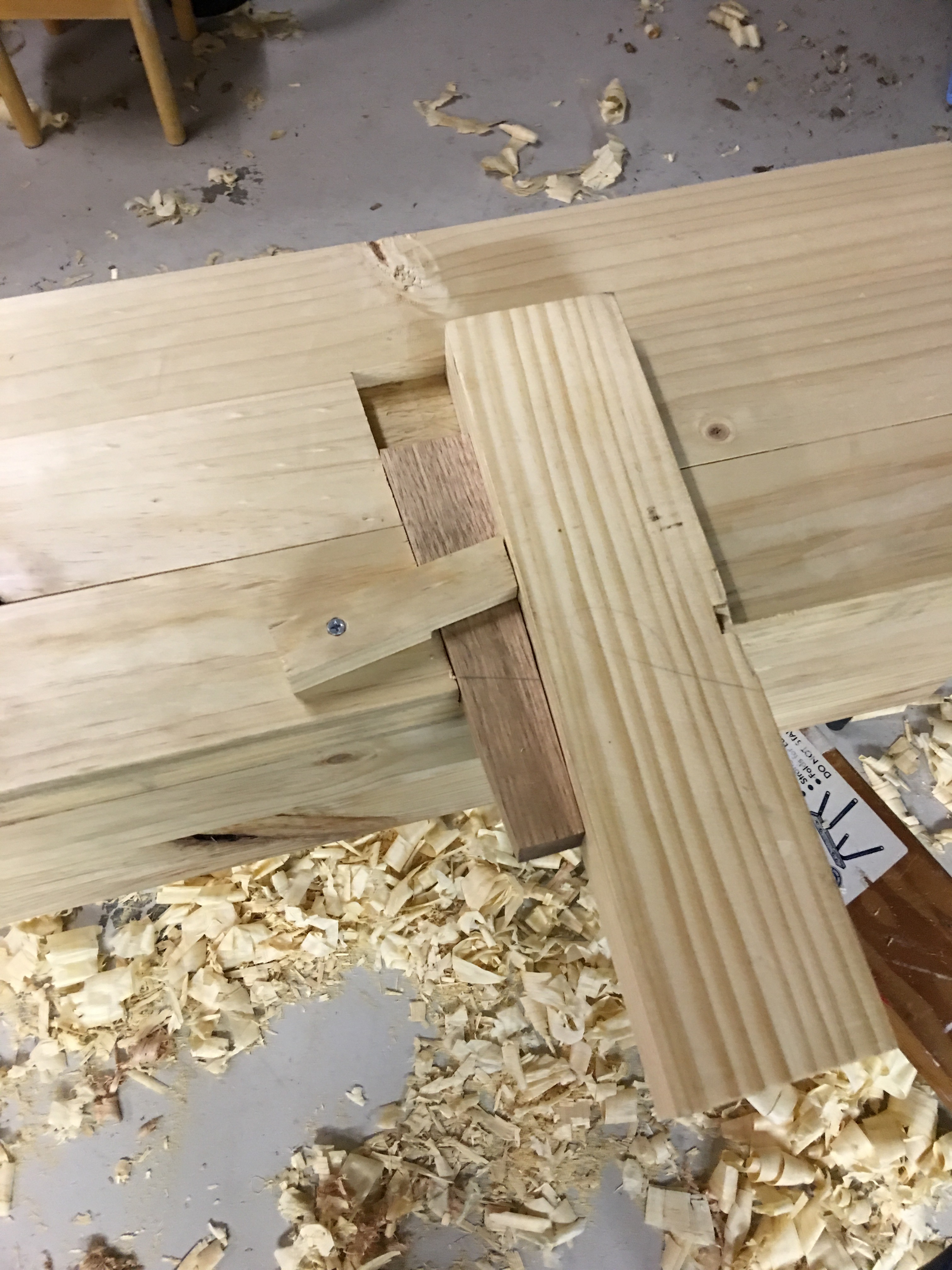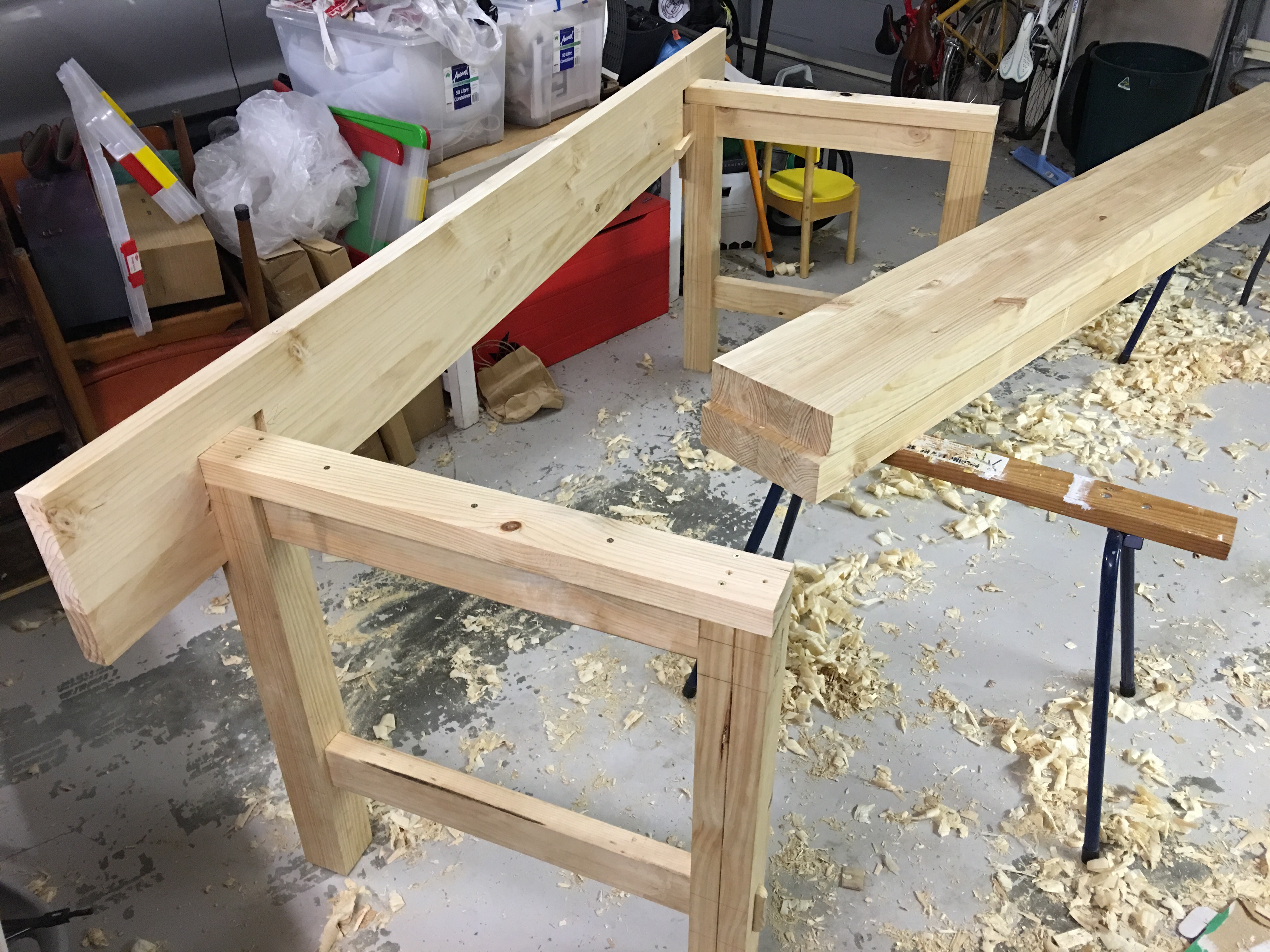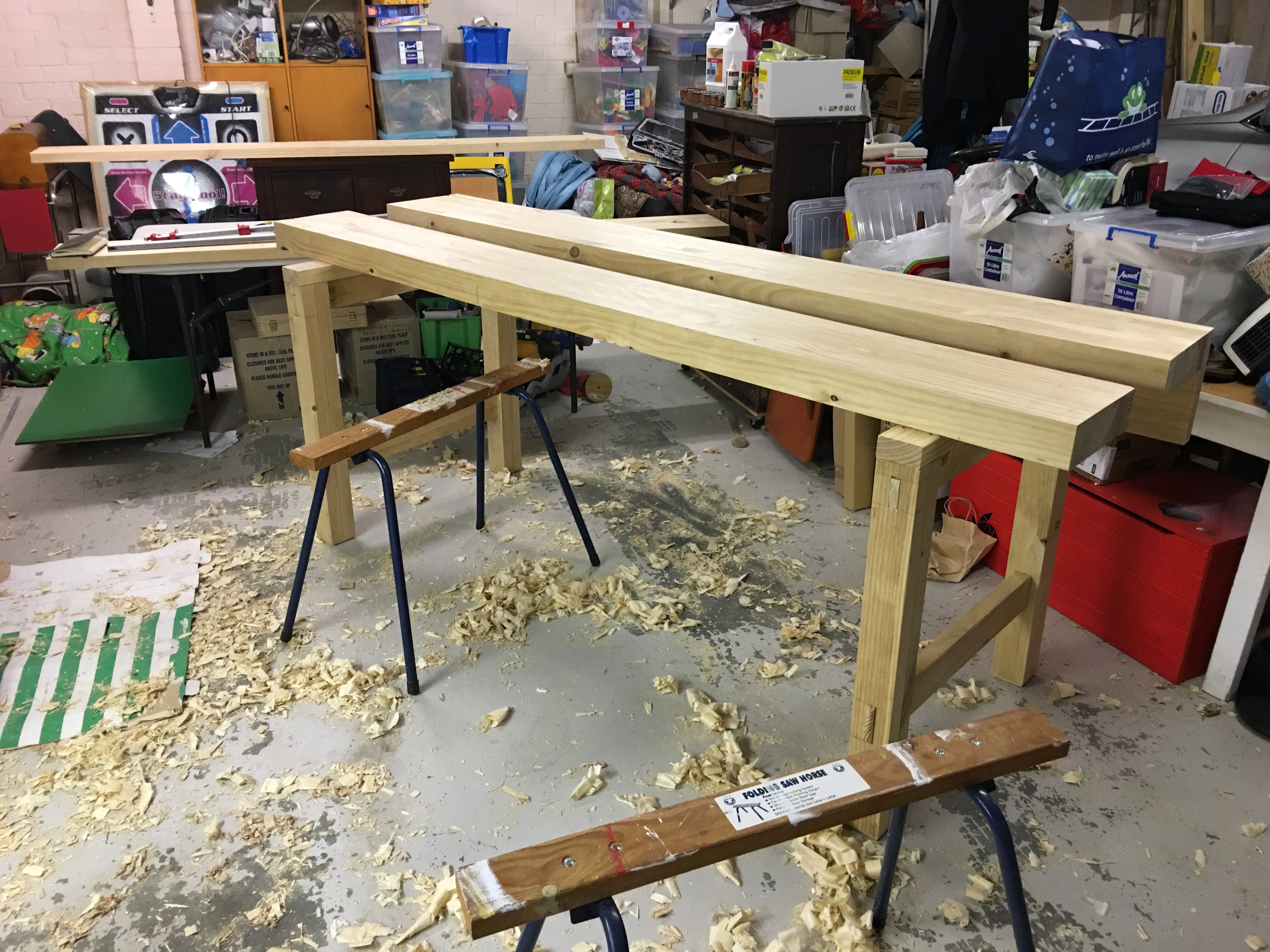I finished my workbench. It took me about 12 months and a broken toe to do it. Very happy with the result but now I need to fit the vice. I copied Paul Sellers’ design from his YouTube videos. In fact his videos inspired me to get into woodworking to start with.
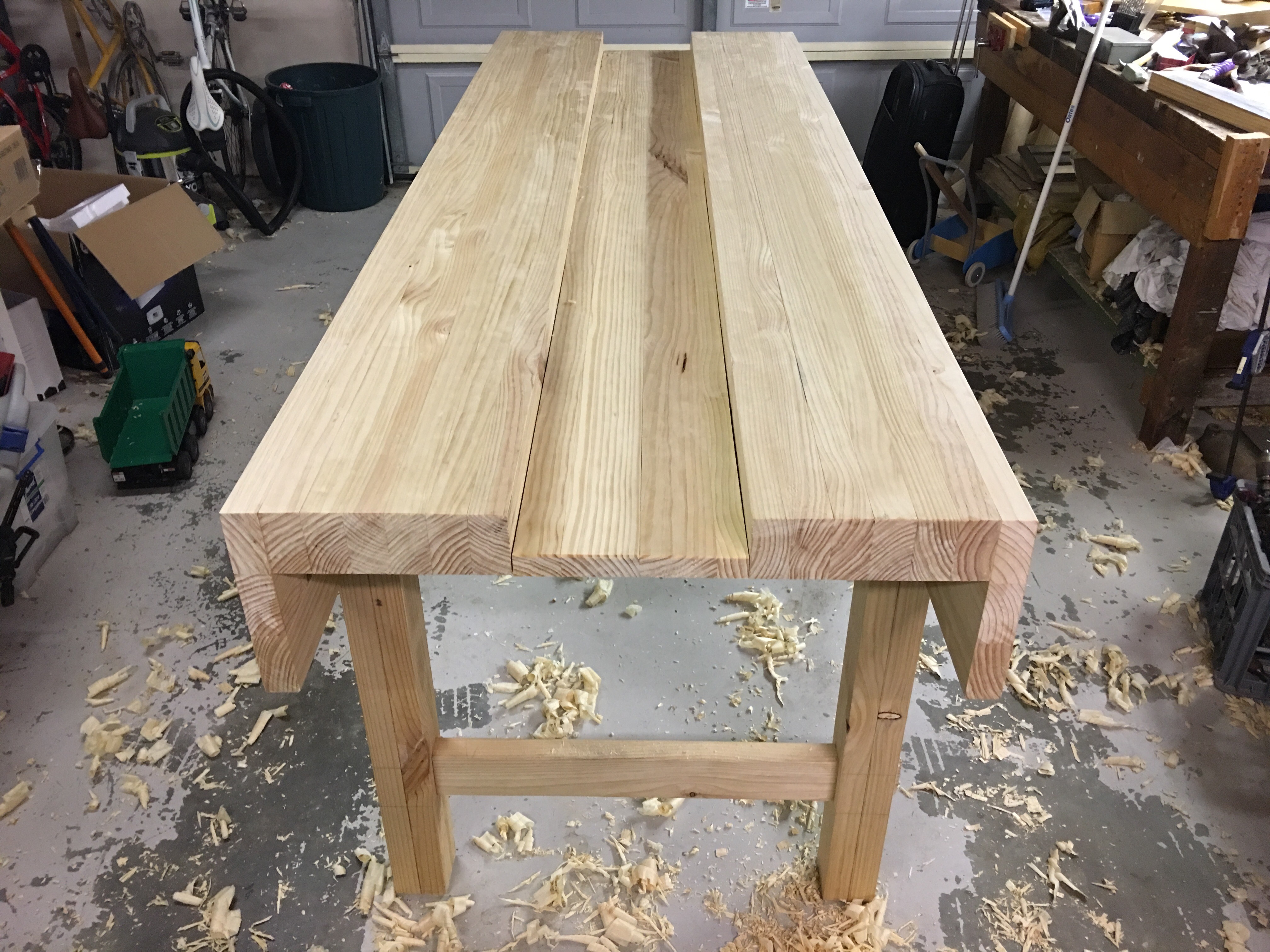
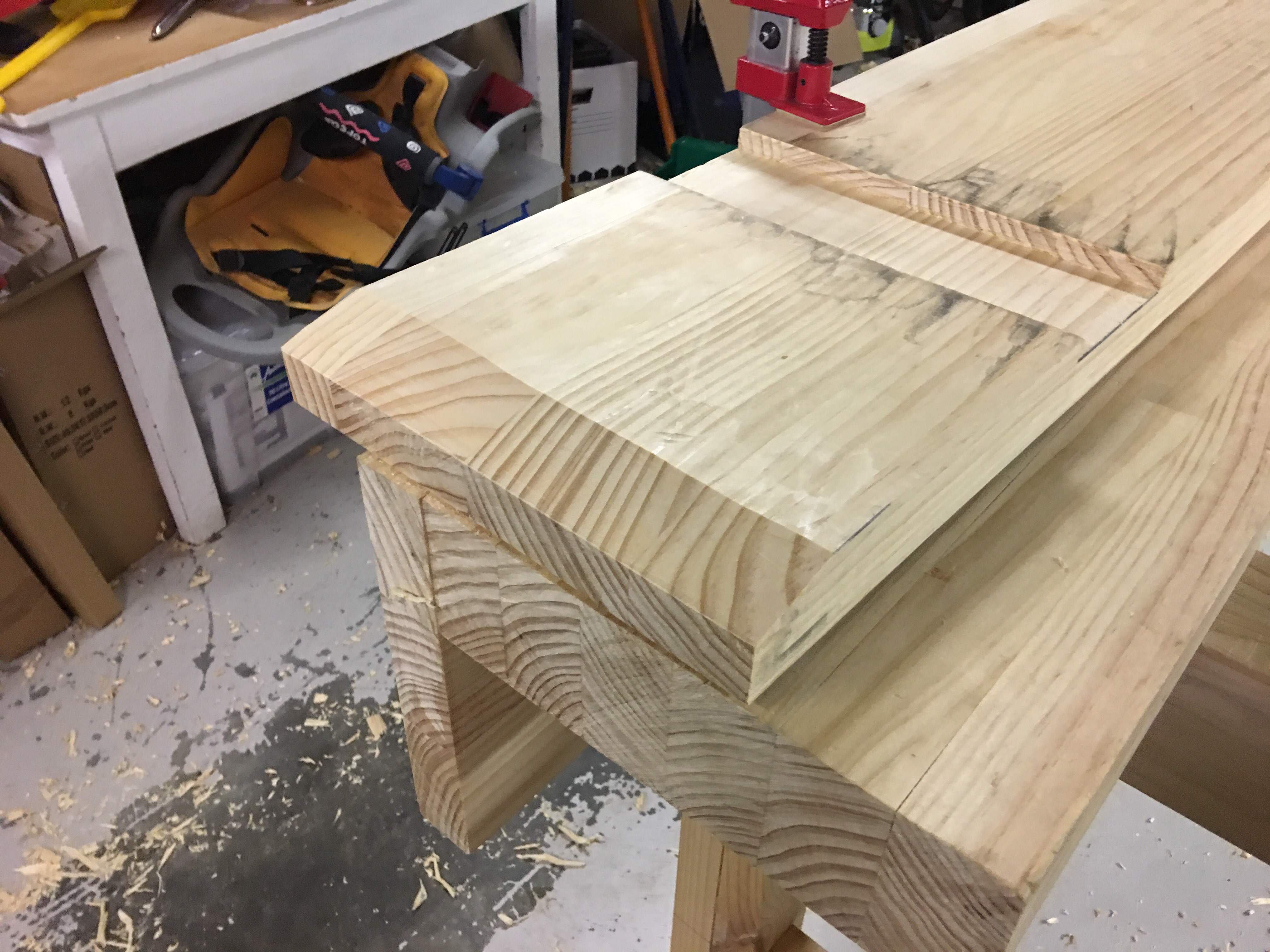
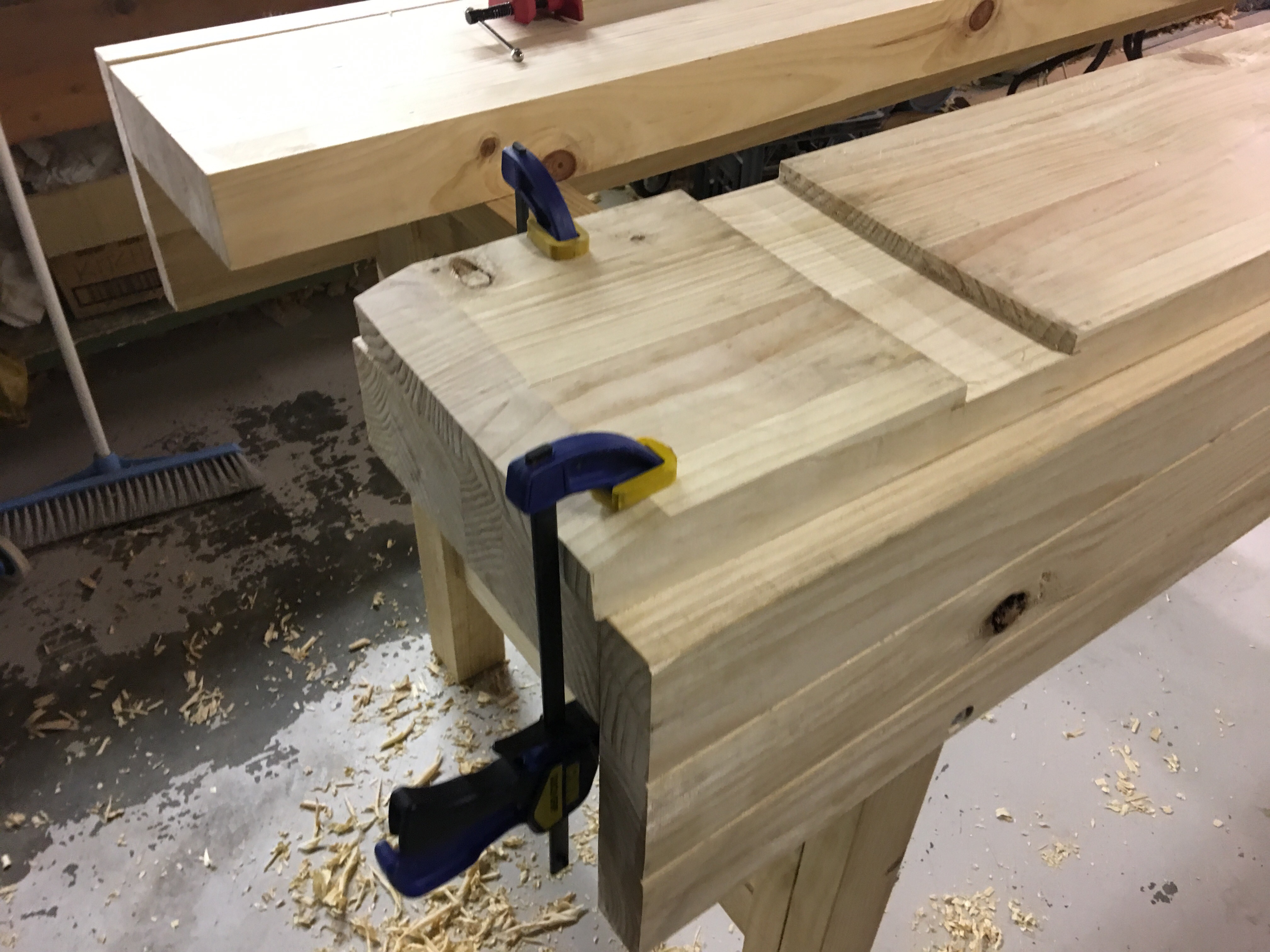
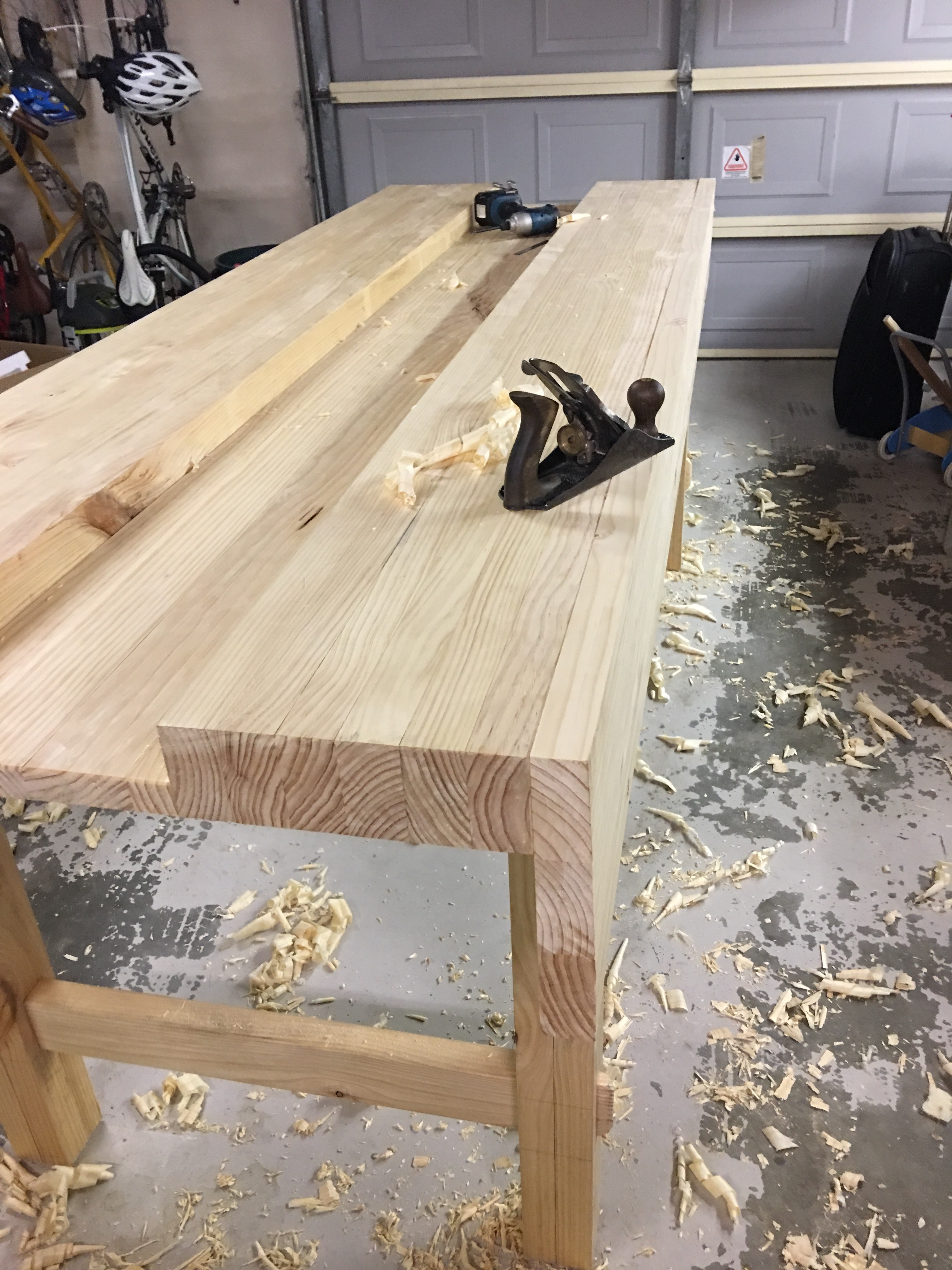
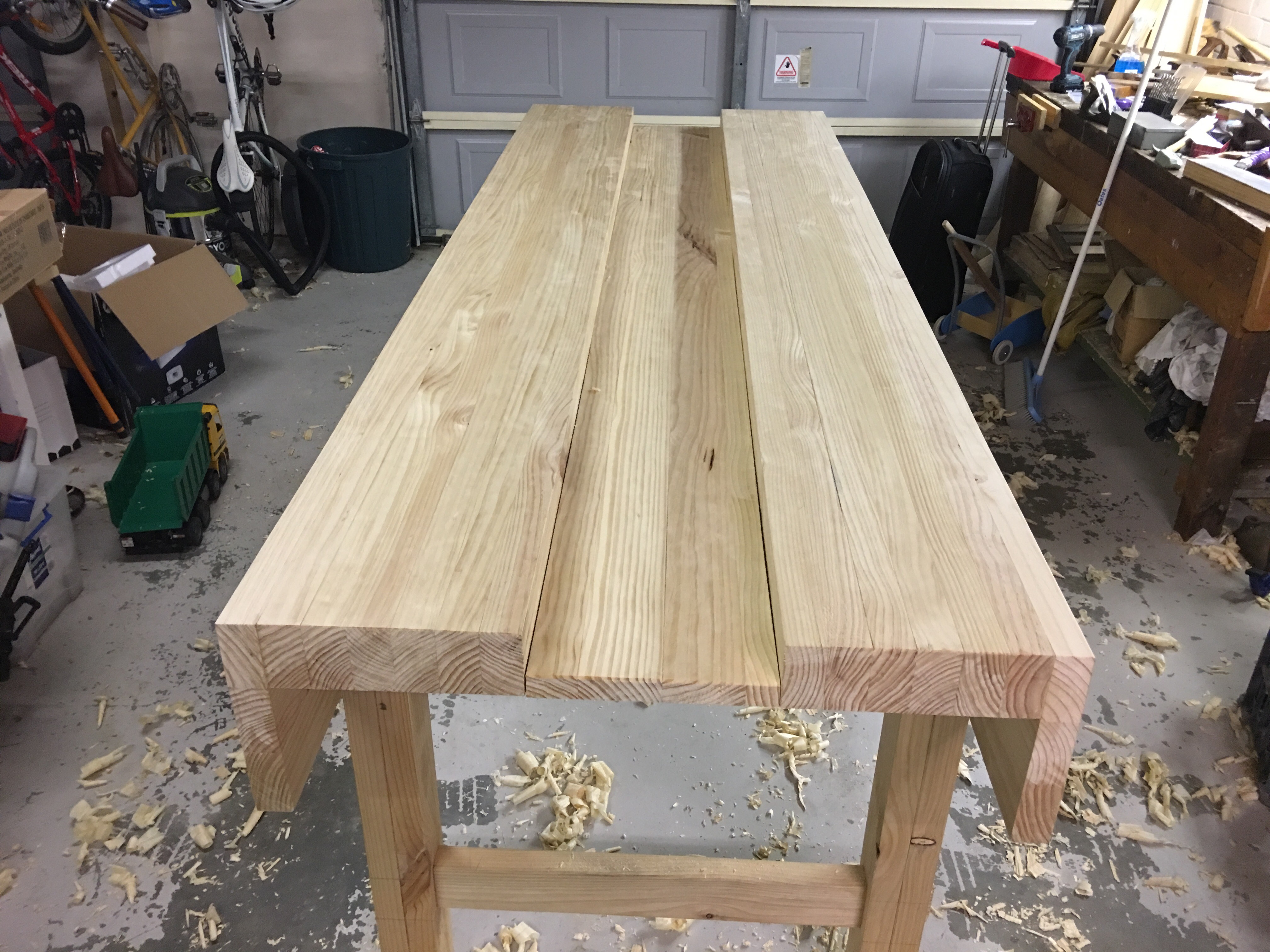
Author: Jason
-
Finished my workbench!
-
I am transitioning GPG keys
-----BEGIN PGP SIGNED MESSAGE----- Hash: SHA1 I am transitioning GPG keys from an old 4096-bit RSA key to a new 4096-bit RSA key. This transition document is signed with both keys to validate the transition. If you have signed my old key, I would appreciate signatures on my new key as well, provided that your signing policy permits that without reauthenticating me. The old key, which I am transitional away from, is: pub 4096R/505E764E 2011-06-28 Key fingerprint = B10B 2E72 BB30 FE47 ABC2 F1B9 FA57 1EC7 505E 764E The new key, to which I am transitioning, is: pub 4096R/93176CCD 2016-10-14 [expires: 2026-10-12] Key fingerprint = 4639 4DFE EFF0 344F E116 E974 C4E9 00B0 9317 6CCD To fetch the full new key from a public key server using GnuPG, run: gpg --keyserver keys.gnupg.net --recv-key C4E900B093176CCD If you have already validated my old key, you can then validate that the new key is signed by my old key: gpg --check-sigs C4E900B093176CCD If you then want to sign my new key, a simple and safe way to do that is by using caff (shipped in Debian as part of the "signing-party" package) as follows: caff C4E900B093176CCD Please contact me via e-mail at <jason@dickson.st> if you have any questions about this document or this transition. Jason Lewis jason@dickson.st 14-10-2016 -----BEGIN PGP SIGNATURE----- Version: GnuPG v1 iQIcBAEBAgAGBQJYAC6KAAoJEPpXHsdQXnZOTMQP/10FKnXZHVcQN7w+d7dmAHFv A3ZKH9UxZec0m7j8pfb0FfhKjfDPh8lrVZYz7LU8dCE6qmDvCcxMg9dsOgudtfTE L2sx15RrGvqXrj2yYBGX8g7kunnqz9ob0jlkghYuXFvkpLpZ59zalhFA6qDQzWbu lKaWJC5B42nW31BofZEABSm1HnwBzDbbJF890m07TVQKMs2znzF114vU5WyxBubn 4uielvMDbUFoa17oyKkn6EJkE2z/5c0DR9XNMo3SH0TXeF4y18uUFdioWPyjoIit 6tvNQoJQ4itTmp2UgmZY/z7mj5VEu2gZ+TvrLG7z0vmxZfPSDaPCZ7rn0qNTRbIY tDg+dgSDMpDOeM+V+rDqorZR2UZHWvvpbU+2s14+CrHruriTHXzoX5l8EWY/HA7n Twzy6zz3wS1ODtR8AxpFpowSjfjBGeSPB9u2L4nUpDG3tRQbvZ7cE4ITh/204tEv obqCOvZ9sQ04ePv5AsPNP5oHbHPsxTu3RiRZvgH5IX2QTJ6U+ZXgD7M7uS2Zcdix l4Y+BmjQ/S73T7PU2aBeZoNMF7+bIXtMfyGE6dtfnNAs02ubgB4V8uSthyD0ViQg 6nxuXYcCV6RcrdjZYgbnNXgh+Cr4kqUgEqSe73ac2tIEs+jbNNb03HHOkI9A1gqP bH7ZvpNyPzXT6b4eBZ6miQIcBAEBAgAGBQJYAC6KAAoJEMTpALCTF2zNTMQP/j94 jb7olr2HNhT8LjLB7zAsOL2huUqpjpkJnwjAZP2p37D2xovfbMXlmOFGD08MTWqF C8yzJ2EnQiwNcN8Wn6OIlzdkd/ytkB2n9UW8E+zAeFo/XgZzs3iqiHpjTADbfzSK 4Qm382SIQR/7sXGzSX9j0XFxQg7BVdkOQdrdb5uKaiYurzAcBTp0iXPk0u9gEbzm D3vq4WAeRR2ItD3WTAqA8VPm/4nNxaVzmbRCmHrrfLkQzx27rWzh7Ephdm1qCtVZ JWf8PvQQiMKMjZQLp0EuD2XXFdjhXXXeJlgjuXoRkHfXBteRVSM2ZR/UPhksanlb n+lfE6Qz3s+WcHQ5fjhRxelfWd/jS+BicvYuAM3WBaJnyAQR6ZZ/P0jhk+4d6sJg 4/9fTpvQ2AfhKif0+eos2O+G6FcNeoGVEOZXpuvNgvvtxawokeIAV+5Or6AaJhB+ qO40bIrgNW7G5DllhIB5+rImmvpoIVHQFBjbMw2ryc8rCPoeRLToXaGYKOOdezF3 cuaXW+rvAh+D04Ch4p7BpzsrQimSO/2SixgxFggNtCFquEIfqq6YZ/fy+8XT5Lhb e8F/kPPCxopGWk2C6Auuf1+ecieu0pJ6BOJazQXW4uVKQbJSuvplaXHPU4ZtFS5V LZojNxo9l5DT+/Qcs4EtG4CJS/etx1Og2FrX1U9a =EP09 -----END PGP SIGNATURE----- -
Waves in the Sydney Skyline
Lovely clouds over Sydney showing waves in the atmosphere
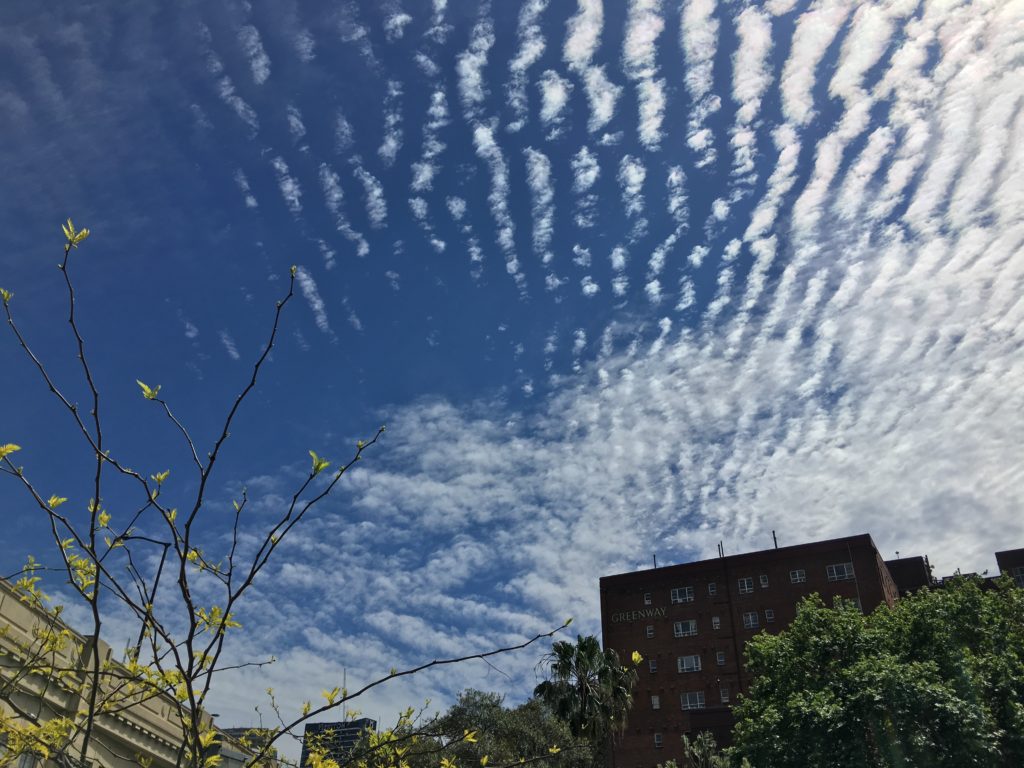
-
Command Option R on a Windows keyboard
Today I had to do an OS X internet recovery but I only had a Windows keyboard. Normally the keyboard combination to launch the Internet Recovery on Macs is Cmd+Option+R but I couldn’t find the right combination on the Windows keyboard. After much googling and experimenting, it turns out its Windows+Alt+R
-
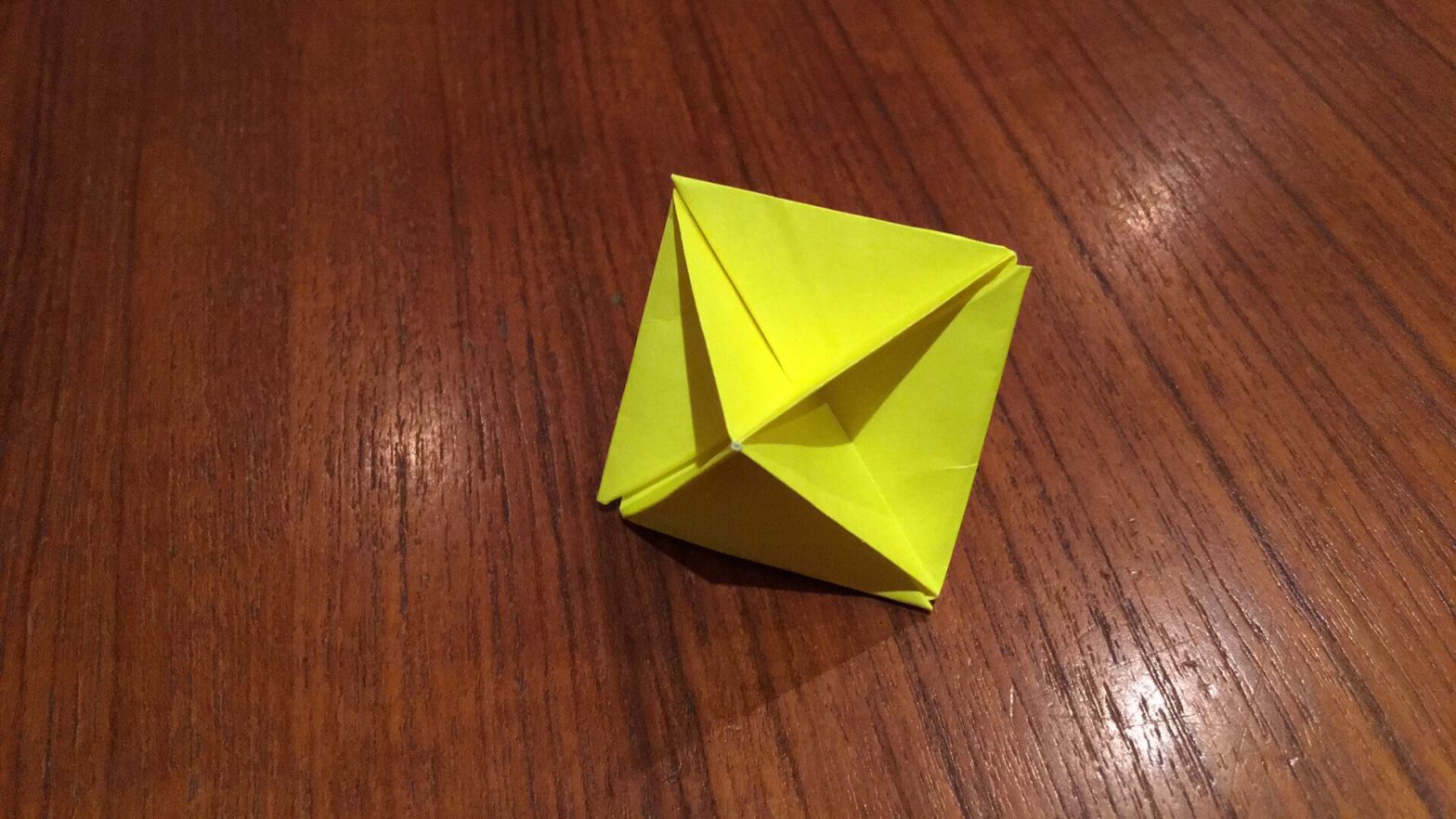
Origami sunken octahedron
Another John Montroll model, this time from A Plethora of Polyhedra. A sunken octahedron.

-
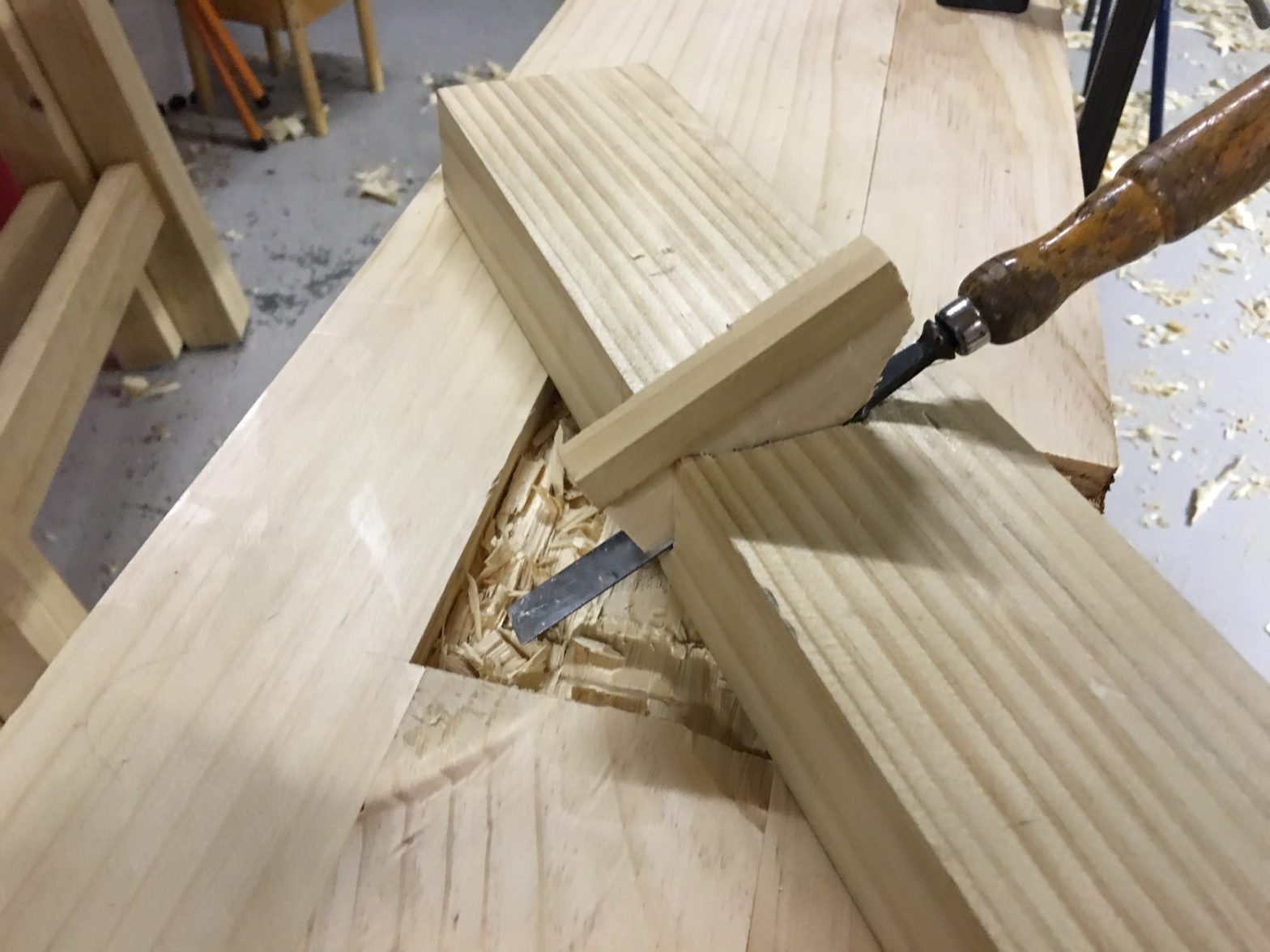
Poor man’s router with wedge fail
I tried making a Paul Seller’s style Poor Man’s Router plane. It worked quite well but I couldn’t get the chisel’s blade edge to be really perpendicular to the surface of the wood. As an alternative I thought I’d try cutting a slot into the piece of timber and making a wedge to fit it to hold the chisel in place.
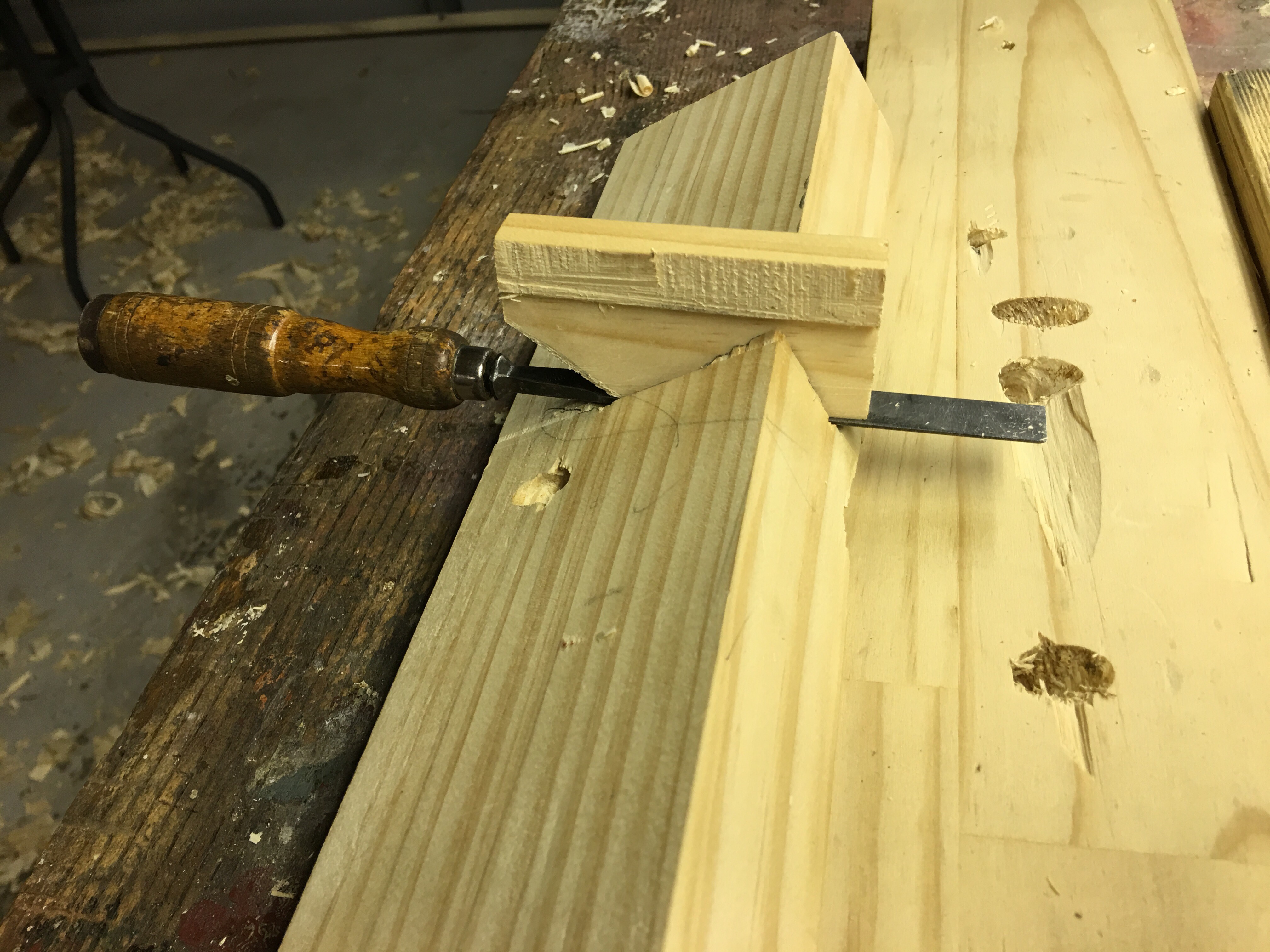
As much as I tried I couldn’t get the wedge to hold the chisel firmly enough that it wouldn’t slide up once I started cutting into wood with it. I think this was partly to do with it being a bevel edge chisel. This meant there was less surface area in contact with the wood, so less friction and easier to slip.
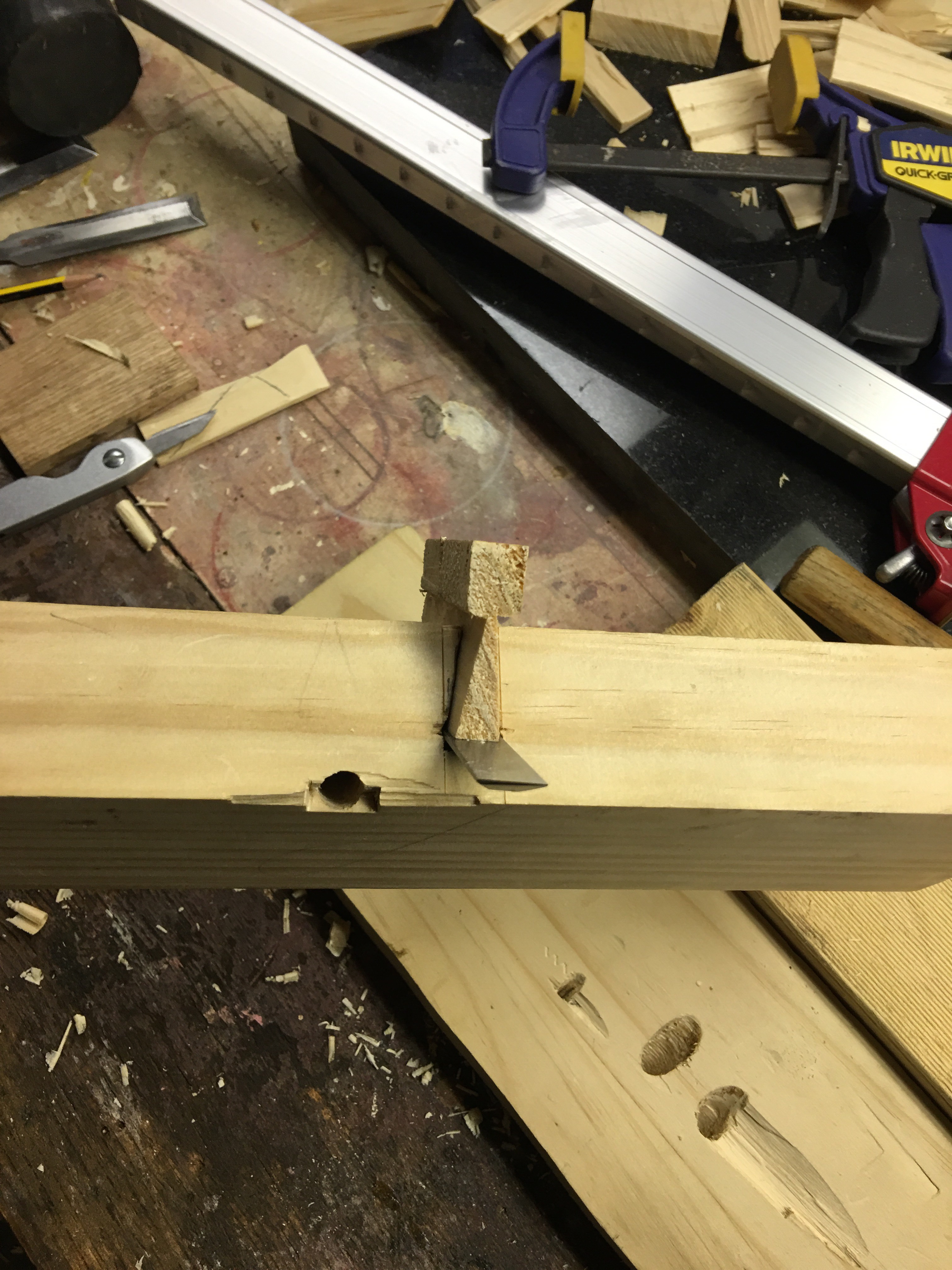 I might try making a hardwood wedge for it. I also need to try a firmer chisel instead of a bevel edge one. The extra surface area might be enough to hold it.
I might try making a hardwood wedge for it. I also need to try a firmer chisel instead of a bevel edge one. The extra surface area might be enough to hold it.
